Home>Ideas and Tips>Indoor Calathea Plant Care Tips and Prayer Plant Varieties
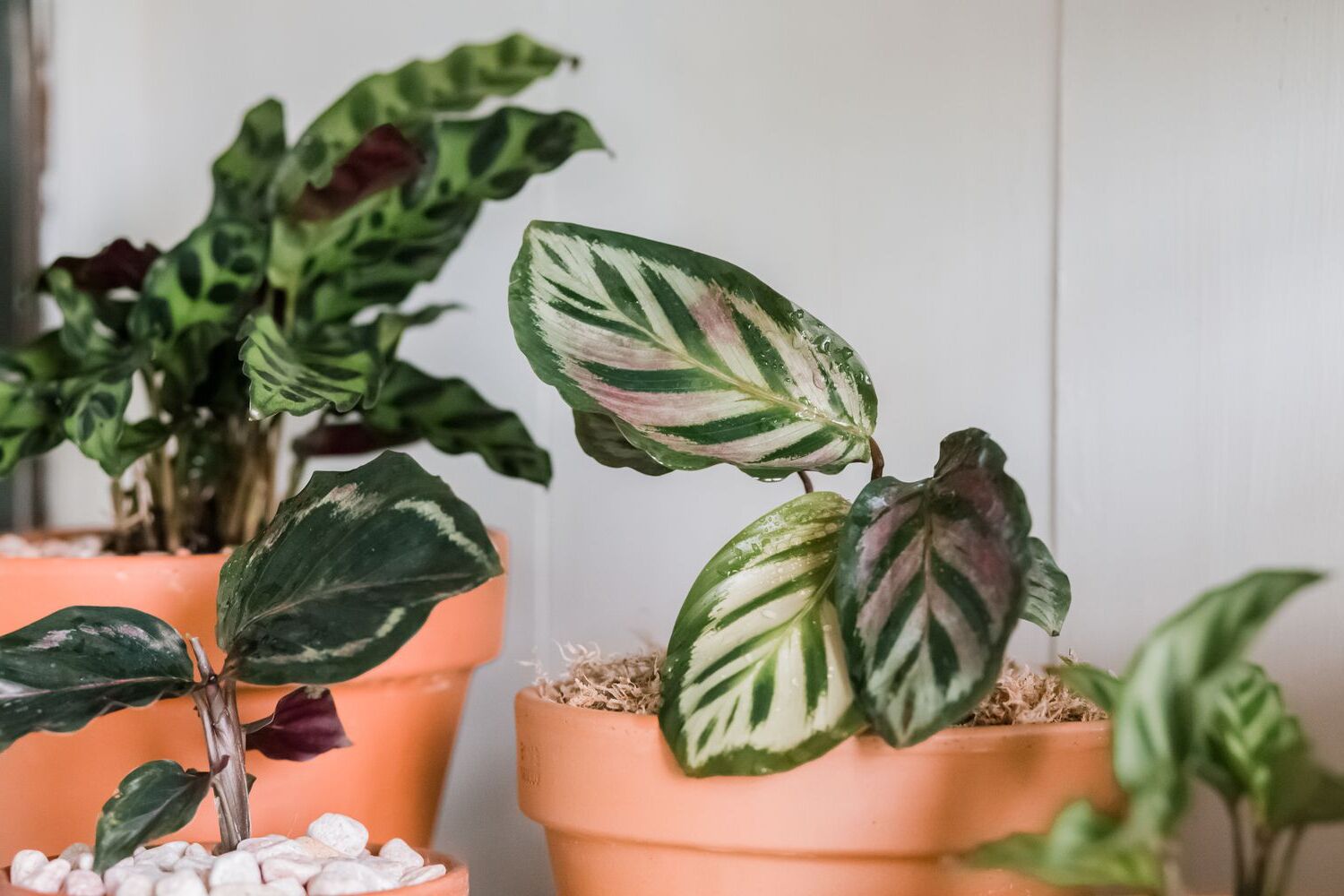

Ideas and Tips
Indoor Calathea Plant Care Tips and Prayer Plant Varieties
Modified: October 20, 2024
Discover essential indoor Calathea plant care tips and explore various prayer plant varieties to keep your tropical houseplants thriving and beautiful.
(Many of the links in this article redirect to a specific reviewed product. Your purchase of these products through affiliate links helps to generate commission for Storables.com, at no extra cost. Learn more)
Welcome to our comprehensive guide on caring for indoor Calathea plants, also known as prayer plants. These beautiful, low-maintenance plants are perfect for adding a touch of tropical elegance to your home. In this article, we will delve into the specific care requirements for Calatheas, discuss various types of prayer plants, and provide you with expert tips to keep your plants thriving.
Prayer plants belong to the Marantaceae family, which includes both Maranta and Calathea genera. The term "prayer plant" is often used interchangeably to refer to both Maranta and Calathea species due to their similar care requirements and striking foliage patterns. These plants are known for their unique habit of raising their leaves at night, giving them the appearance of praying, hence the name "prayer plant."
There are numerous varieties of prayer plants, each with its unique characteristics and patterns. Here are some of the most popular ones:
-
Maranta leuconeura: Known for its striking patterns with veins in contrasting colors. Common varieties include:
- Red Maranta: Dark green leaves with white or light green veins that are often red.
- Lemon Lime Maranta: Leaves with yellow or lime-green veins.
- Kim Maranta: Leaves with green veins and white or light green markings.
-
Calathea: These come in a variety of colors and patterns, including:
- Calathea Orbifolia: Round leaves with silvery stripes.
- Calathea Ornata (Pinstripe Calathea): Dark green leaves with light green stripes.
- Calathea Medallion: Large round leaves with dark and light rings.
- Calathea Rufibarba: Long leaves without distinct markings but with a burgundy color on the underside.
- Calathea Rattlesnake: Long leaves with markings.
-
Ctenanthe: Another family of plants that fall into the prayer plant category. Common varieties include:
- Never Never: Long, narrow leaves.
- Tricolor: Leaves with three distinct colors.
- Compactstar: Leaves that grow more upright rather than spreading.
-
Stromanthe: Less common but still beautiful varieties of prayer plants. The most readily available one is:
- Stromanthe Triostar: Pink, white, and green leaves that are stunning.
Prayer plants generally tolerate low to indirect bright light. Direct sunlight can scorch the leaves or cause them to fade, so it's best to place them in a spot with medium to bright indirect light. If you do need to place your plant near a window, a north-facing window is ideal as it provides gentle, indirect sunlight.
For Calatheas specifically, it's important to note that they can grow well in various lighting conditions but do not do well in direct sun. Darker-leaved varieties like the Pinstripe Calathea can even thrive in lower light conditions.
Tips for Placing Your Plant:
- Avoid Direct Sun: Direct sunlight can cause the leaves to bleach and turn brown. If you notice your plant's leaves curling inward or developing brown tips, it might be due to too much direct sun.
- Use a Light Filter: If you must place your plant near a window, consider using a sheer curtain or shade to filter the sunlight.
- Rotate Your Plant: Rotate your plant regularly to ensure even growth and prevent it from leaning towards one side.
Watering is a crucial aspect of caring for your prayer plant. These plants prefer well-draining soil and should be watered thoroughly until water runs out of the drainage hole. Here are some specific guidelines:
Watering Frequency:
- Spring and Summer: Water your plant once or twice a week during the spring and summer months when the soil tends to dry out faster.
- Fall and Winter: Reduce watering to once a week during the fall and winter months when the plant is in dormancy.
Tips for Watering:
- Use Filtered Water: Prayer plants are sensitive to hard tap water, which can contain high minerals like fluoride. Using filtered or distilled water is recommended.
- Check Soil Moisture: Stick your finger into the soil up to the first knuckle. If the soil feels dry, it's time to water.
- Avoid Overwatering: Overwatering can lead to root rot, so make sure not to let the soil sit in water. Use a pot with drainage holes to prevent waterlogging.
Prayer plants thrive in well-draining, loamy, and acidic soil. A traditional potting mix works well, but you can also create your own mix by combining two parts sphagnum peat moss, one part loamy soil, and one part perlite or coarse sand.
Tips for Soil Preparation:
- Use Acidic Soil: Prayer plants prefer acidic soil with a pH between 5.5 and 6.5.
- Add Organic Matter: Mixing in organic matter like peat moss or compost can help retain moisture and provide nutrients.
- Avoid Poorly Drained Soil: Poorly drained soil can cause root rot, so ensure your pot has good drainage holes.
Prayer plants are tropical plants that thrive in warm, humid conditions. Here are some specific guidelines:
Temperature:
- Ideal Range: Keep your plant in a room with temperatures between 65°F (18°C) and 85°F (30°C). Avoid placing your plant near drafty windows or heating vents as this can cause uneven temperatures.
Humidity:
- Ideal Range: Prayer plants prefer a humid environment with a relative humidity of 50% or higher. You can increase humidity by placing a small humidifier nearby or by placing the plant atop a tray filled with small stones and water.
Tips for Maintaining Humidity:
- Use a Humidifier: If you live in a dry climate, consider using a humidifier to maintain the desired humidity level.
- Mist Your Plant: Daily misting can help provide the plant with the humidity it needs.
- Group Plants Together: Grouping multiple plants together can increase the overall humidity in the room.
Fertilizing your prayer plant regularly will help promote healthy growth and vibrant colors. Here are some tips:
Fertilizer Frequency:
- Spring and Fall: Fertilize your plant every two weeks from early spring through fall using a water-soluble houseplant fertilizer diluted to half-strength.
- Winter: Reduce fertilizing to once a month during the winter months when the plant is in dormancy.
Tips for Fertilizing:
- Choose the Right Fertilizer: Use a balanced fertilizer that contains equal amounts of nitrogen, phosphorus, and potassium (NPK).
- Avoid Overfertilizing: Too much fertilizer can burn the roots of your plant, so it's essential to dilute it according to the manufacturer's instructions.
- Fertilize During Active Growth: Fertilize during the active growth period when your plant is producing new leaves and stems.
Pruning is an essential part of maintaining your prayer plant's health and appearance. Here are some tips:
When to Prune:
- Spring and Summer: Prune your plant during the spring and summer months when it is actively growing.
- Remove Dead Leaves: Remove any dead or dying leaves to prevent the spread of disease and encourage new growth.
How to Prune:
- Use Clean Tools: Use sharp, clean pruning shears or scissors to avoid spreading diseases.
- Cut Above Nodes: Cut just above the leaf nodes to encourage new growth.
- Encourage Bushy Growth: Prune your plant to encourage a bushy appearance by removing long stems.
Despite their relatively low maintenance requirements, prayer plants can still face various issues. Here are some common problems and their solutions:
Curling Leaves:
- Cause: Curling leaves can be due to too much direct sun or insufficient humidity.
- Solution: Move your plant away from direct sunlight and increase humidity by misting or using a humidifier.
Washed-Out Coloring:
- Cause: Direct sunlight can cause the leaves to fade or lose their color.
- Solution: Place your plant in a spot with bright but indirect sunlight.
Yellowing Leaves:
- Cause: Overwatering can cause yellowing leaves due to root rot.
- Solution: Reduce watering and ensure good drainage to prevent root rot.
Caring for your indoor Calathea or prayer plant is a rewarding experience that requires attention to detail but is relatively easy to manage. By understanding the specific needs of these plants, including lighting, watering, soil, temperature, and humidity requirements, you can keep your plant thriving and beautiful. Whether you choose a Maranta leuconeura or a Calathea Ornata, remember that these plants are sensitive to their environment and need gentle care to flourish. With these tips and guidelines, you'll be well on your way to becoming a skilled plant parent and enjoying the beauty of your prayer plant for years to come.
Was this page helpful?
At Storables.com, we guarantee accurate and reliable information. Our content, validated by Expert Board Contributors, is crafted following stringent Editorial Policies. We're committed to providing you with well-researched, expert-backed insights for all your informational needs.
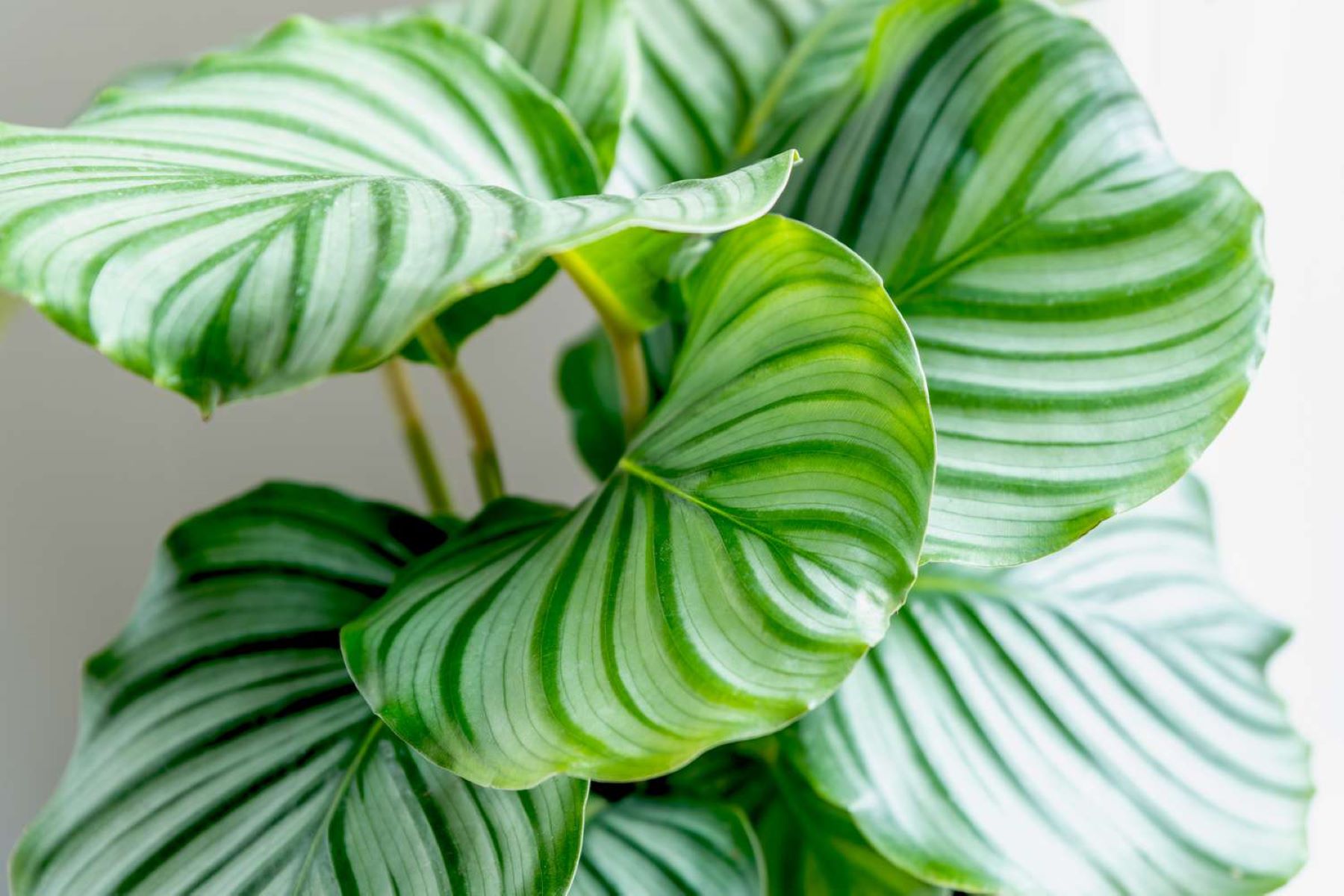
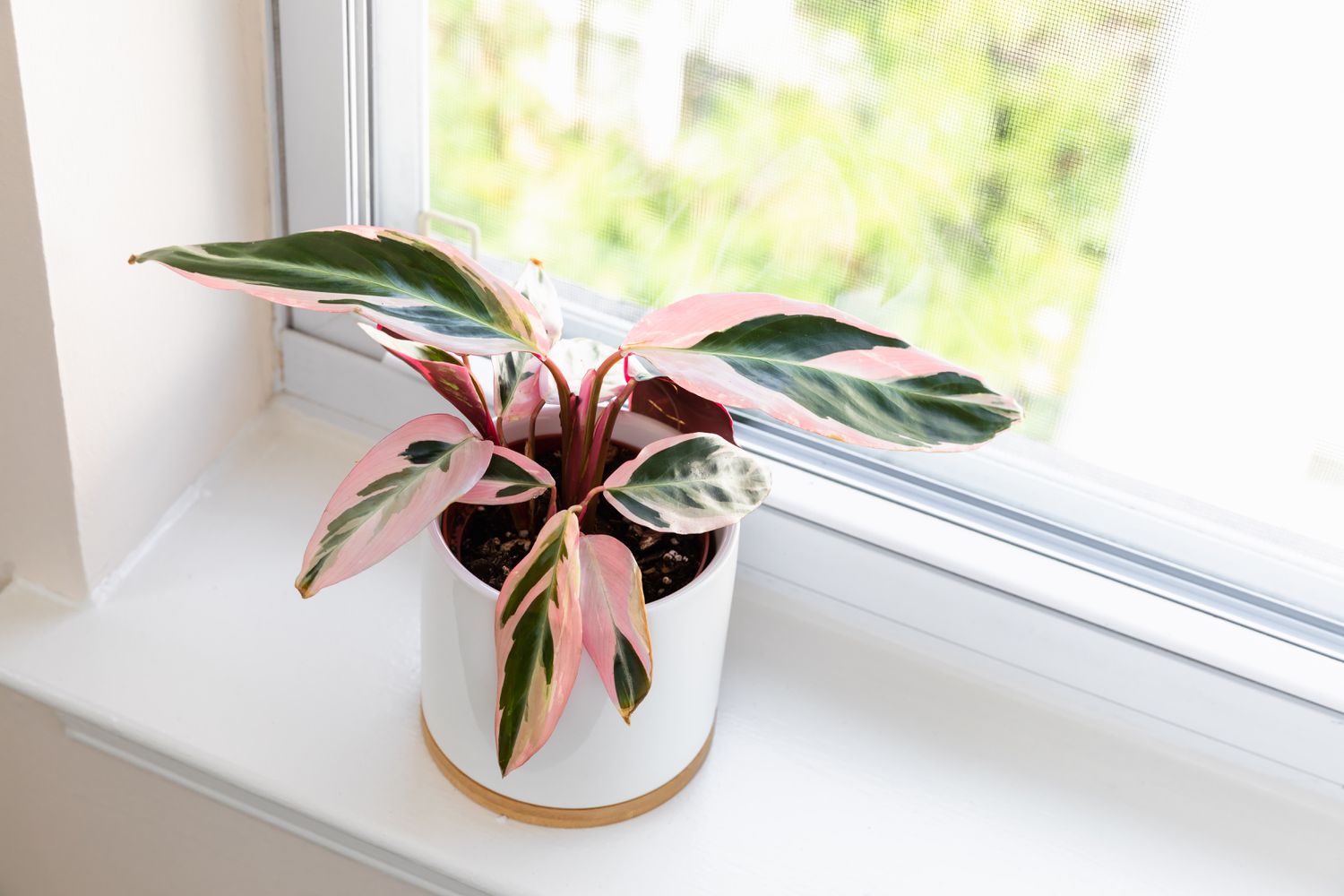
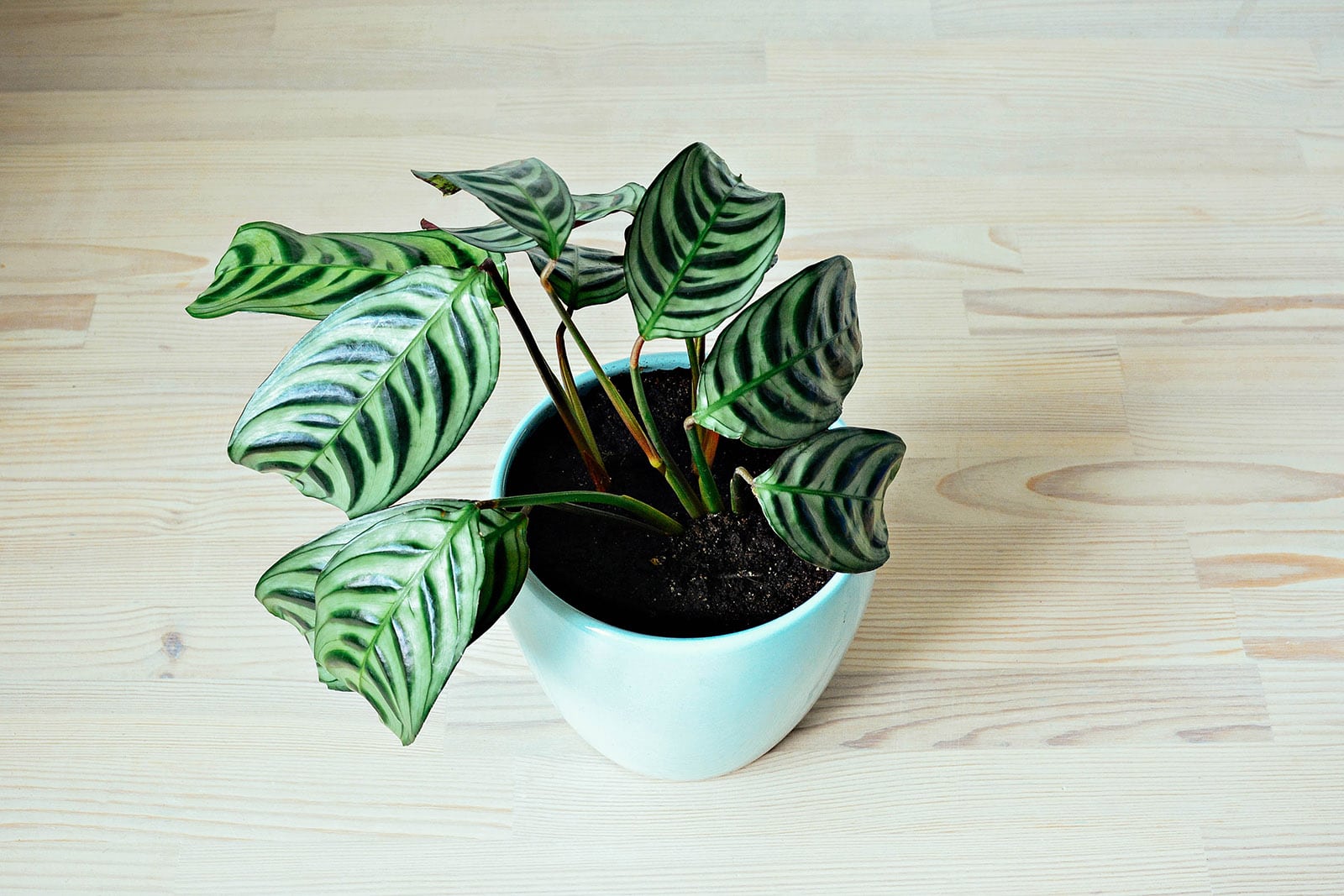
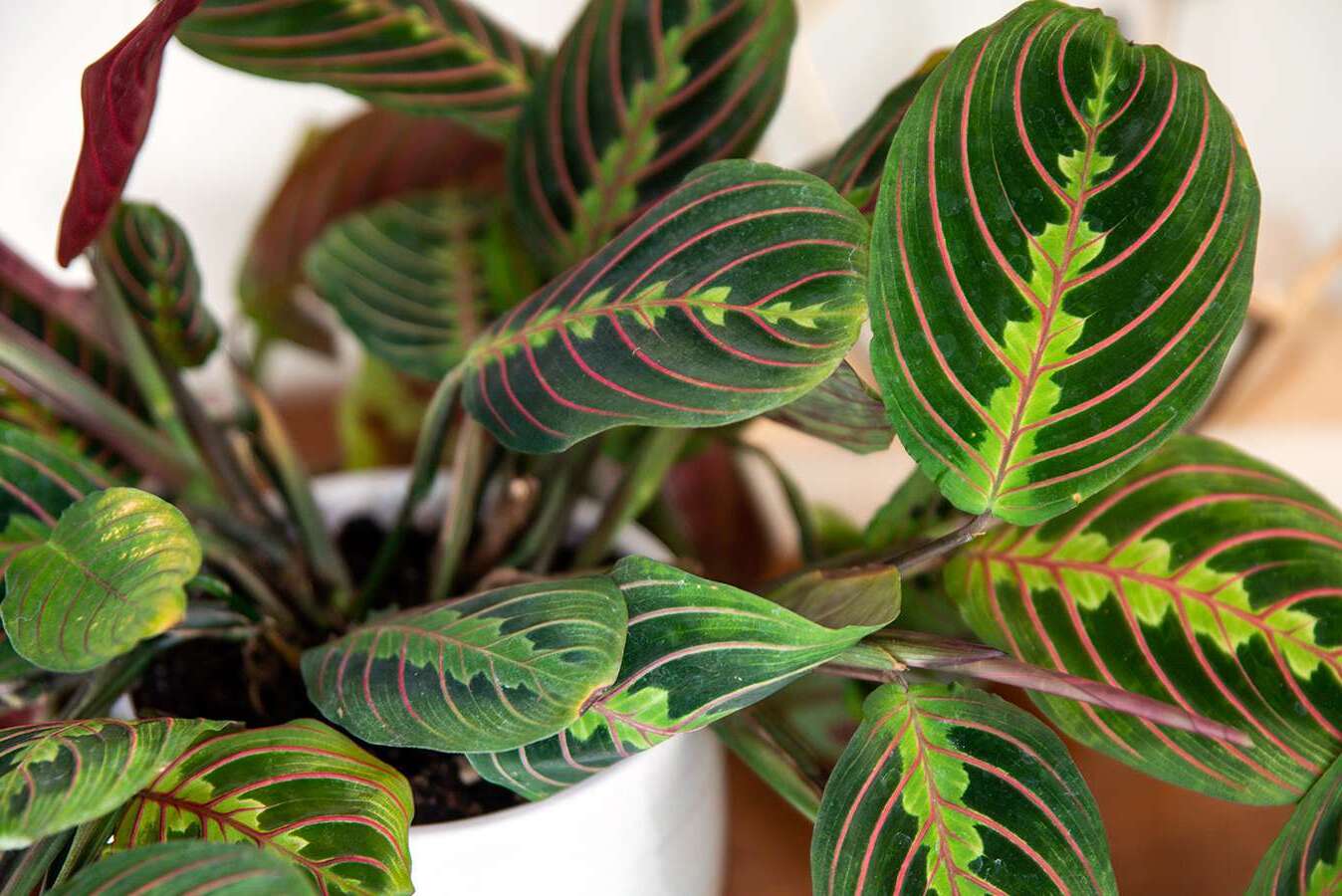
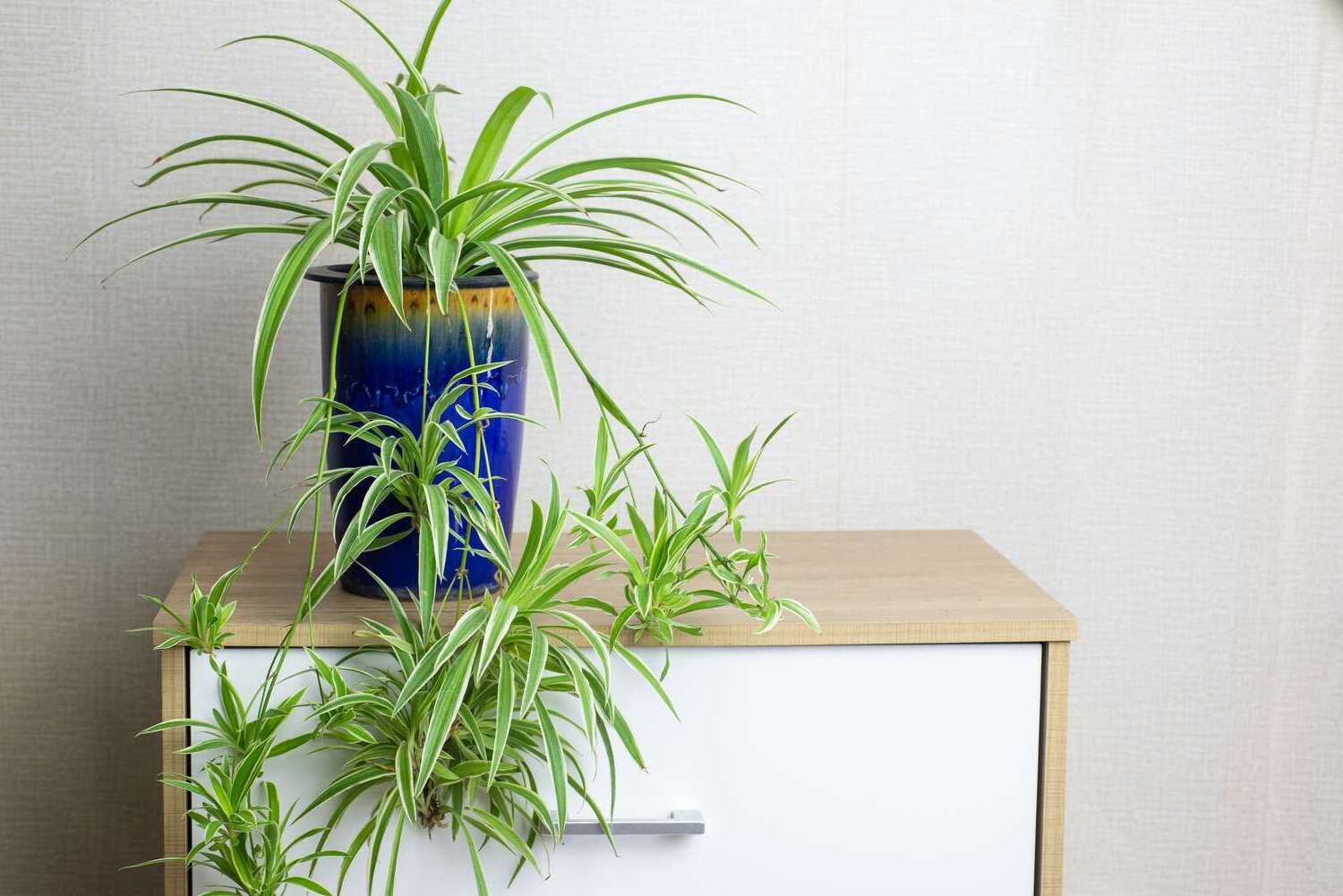
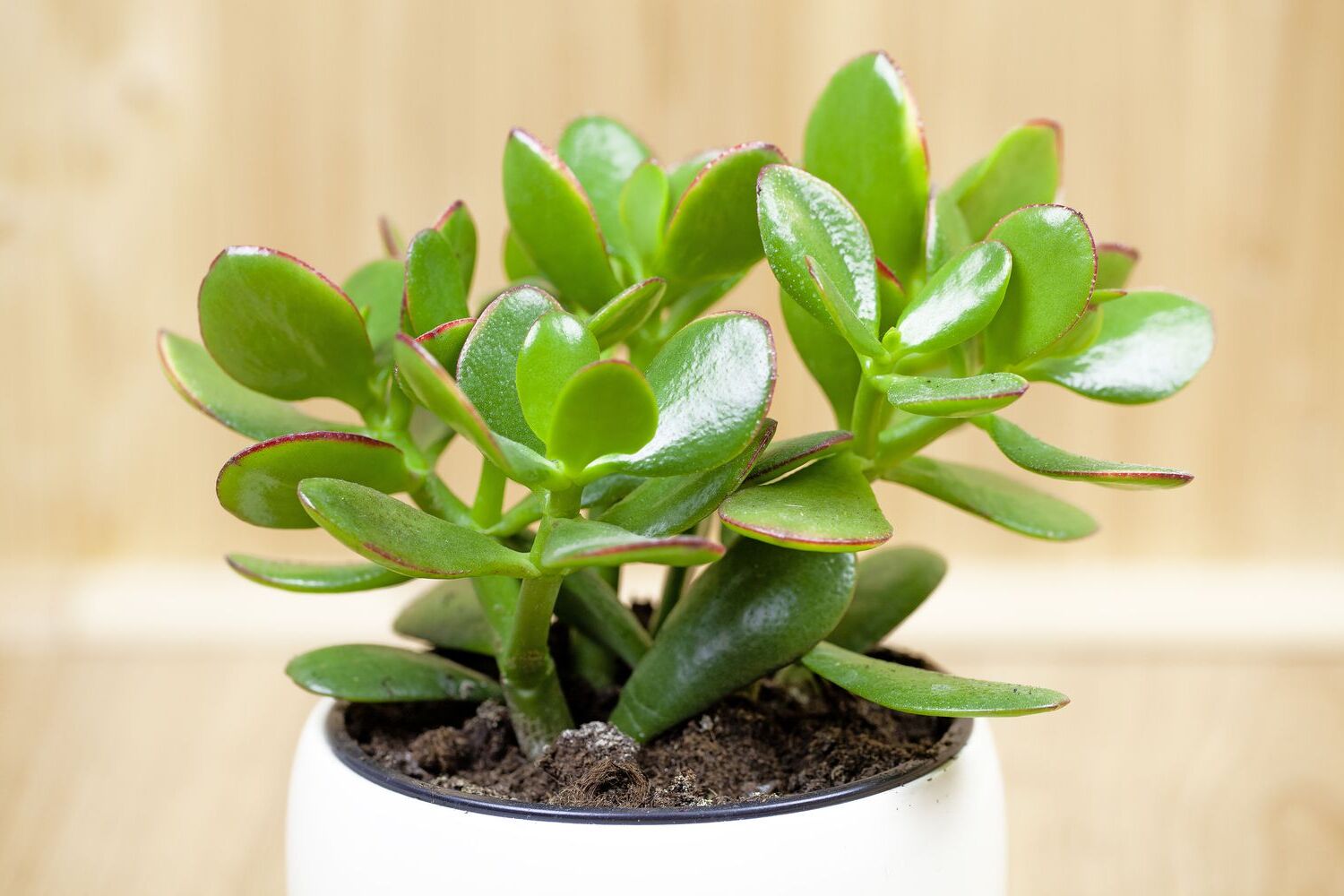
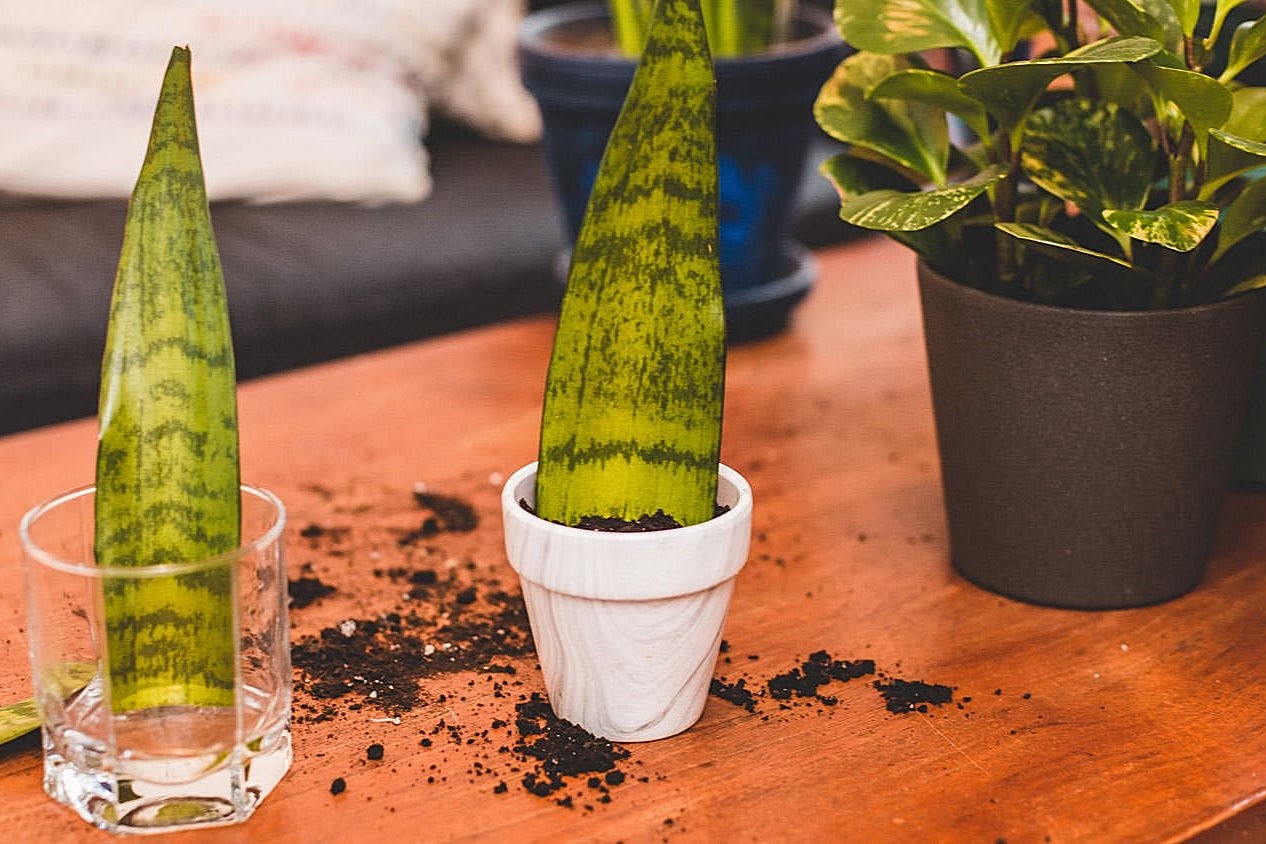
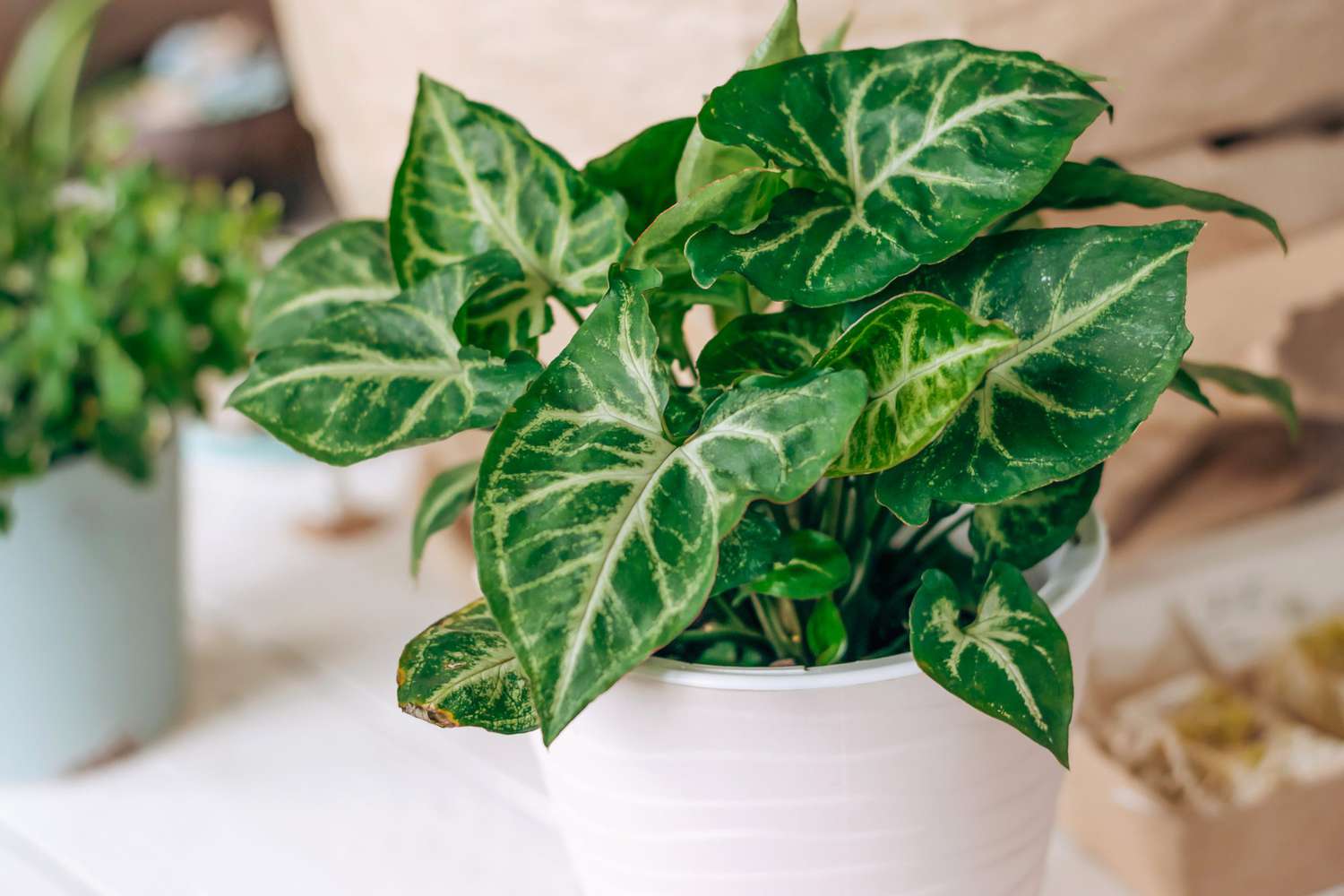
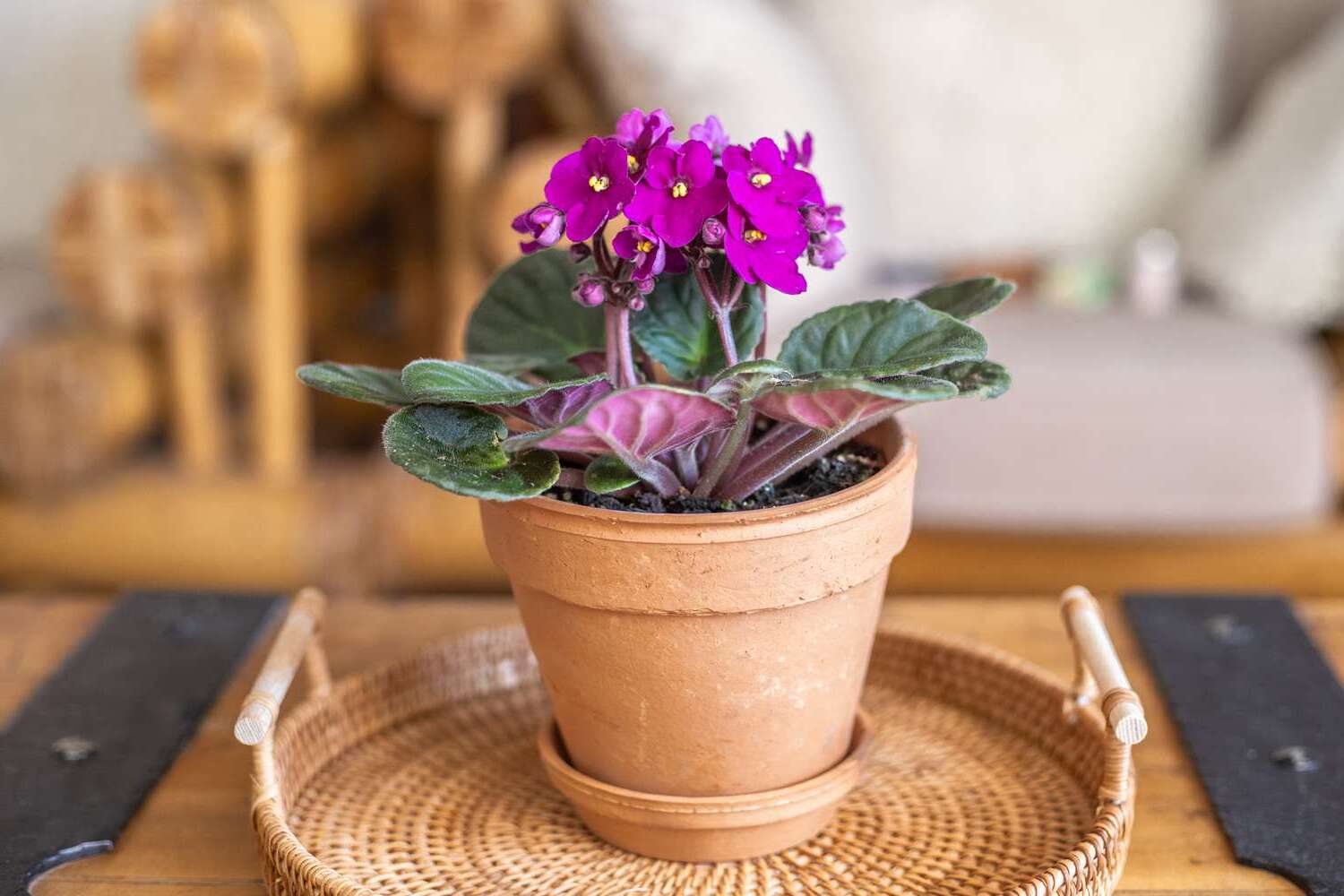
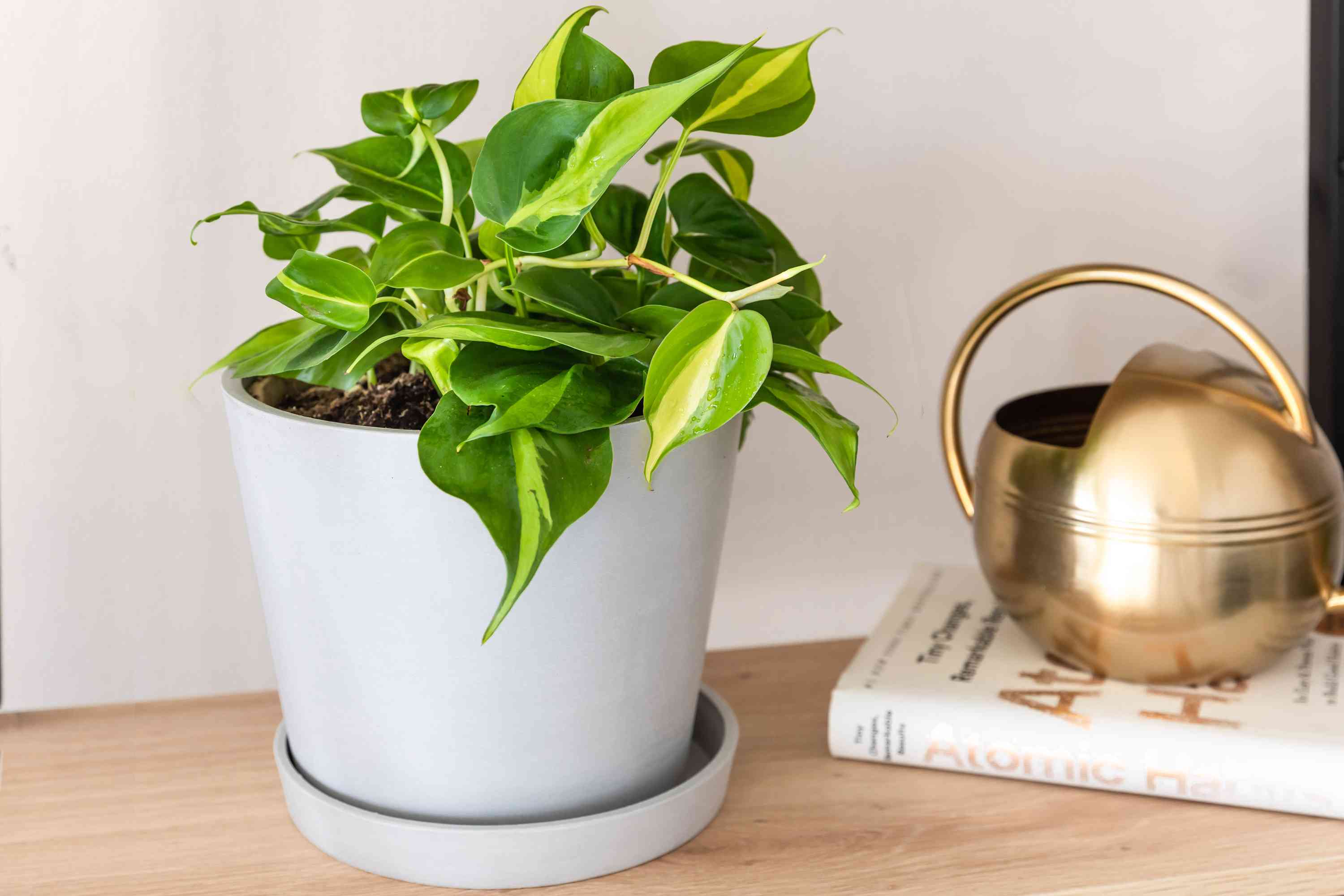
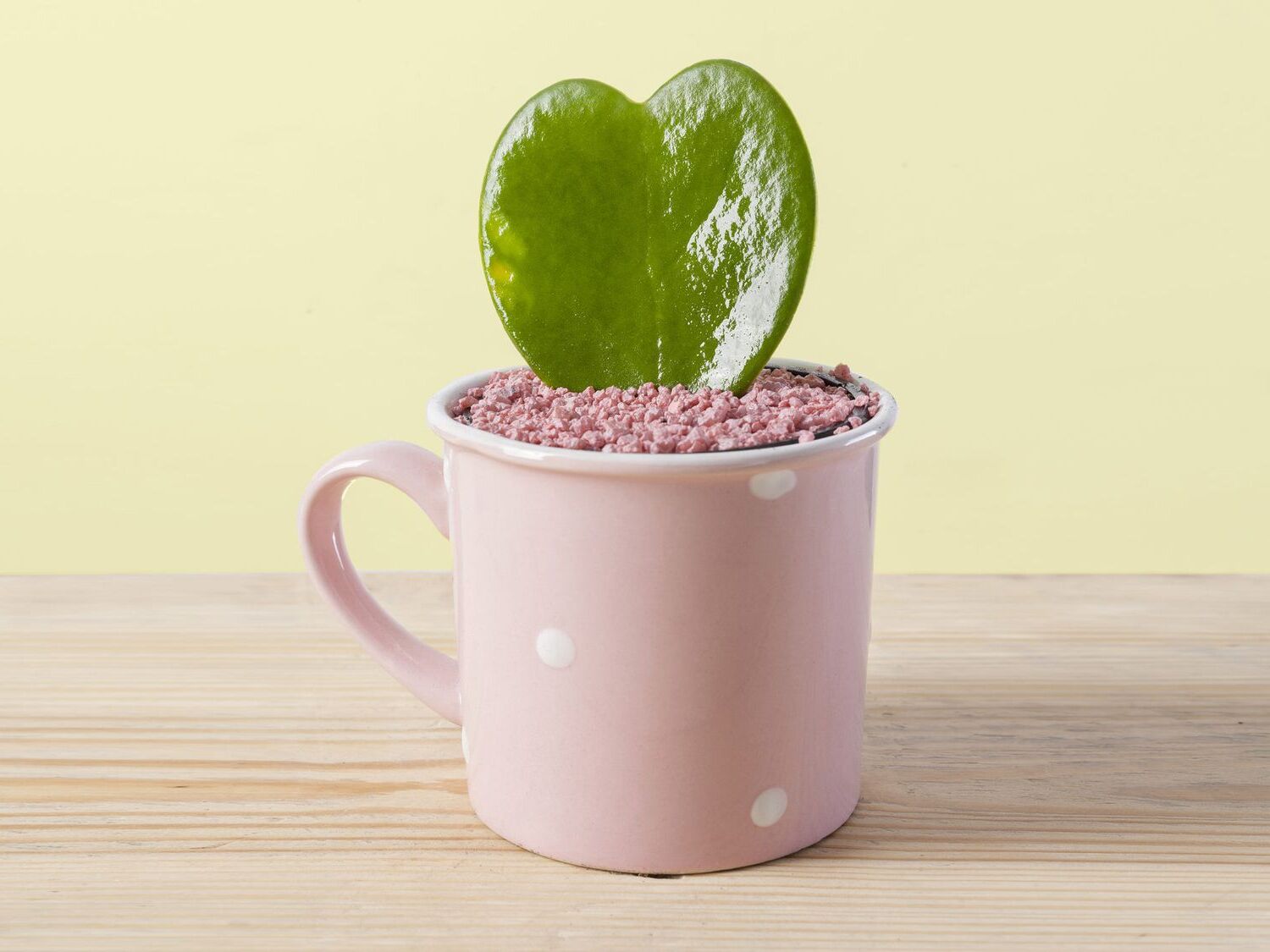
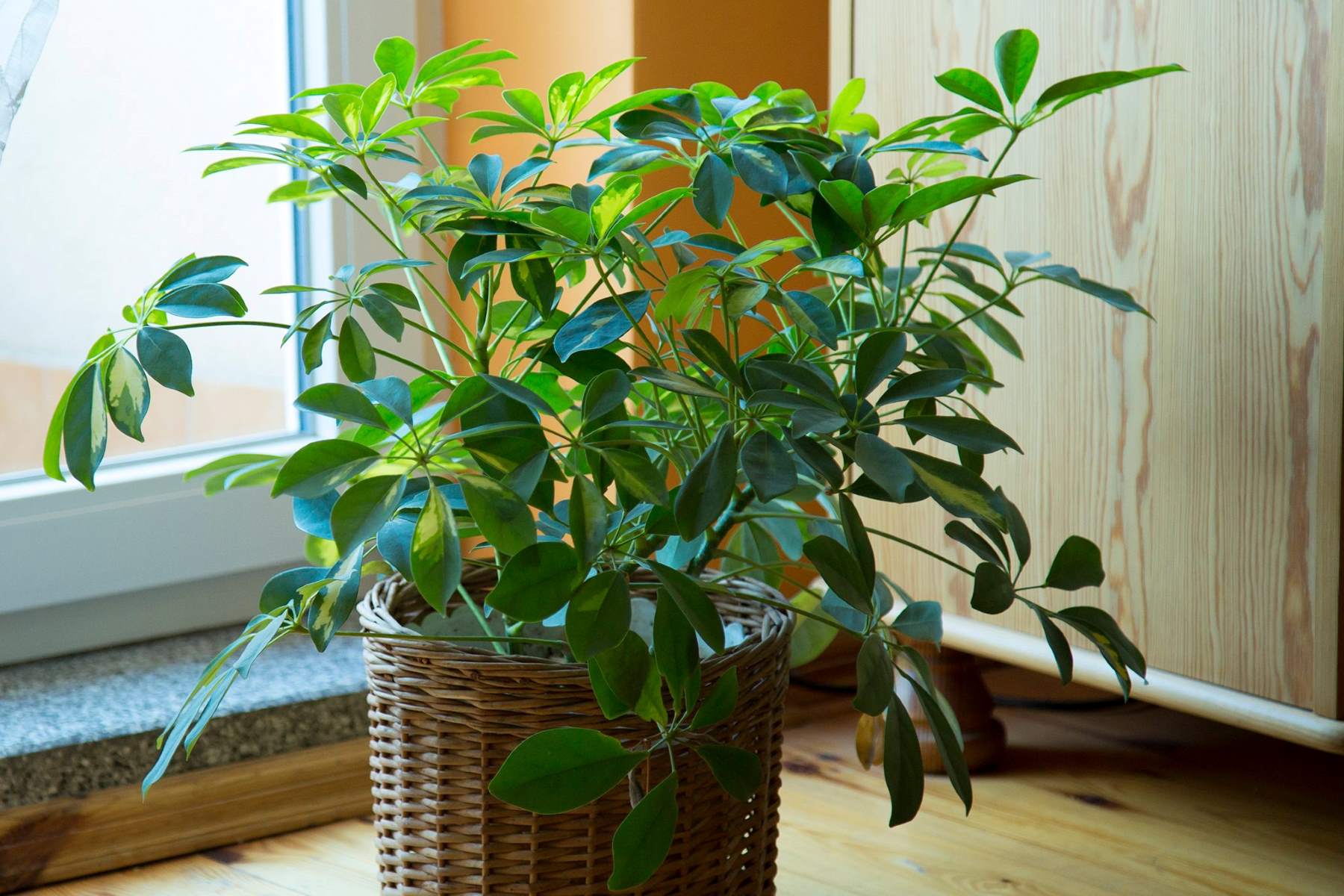
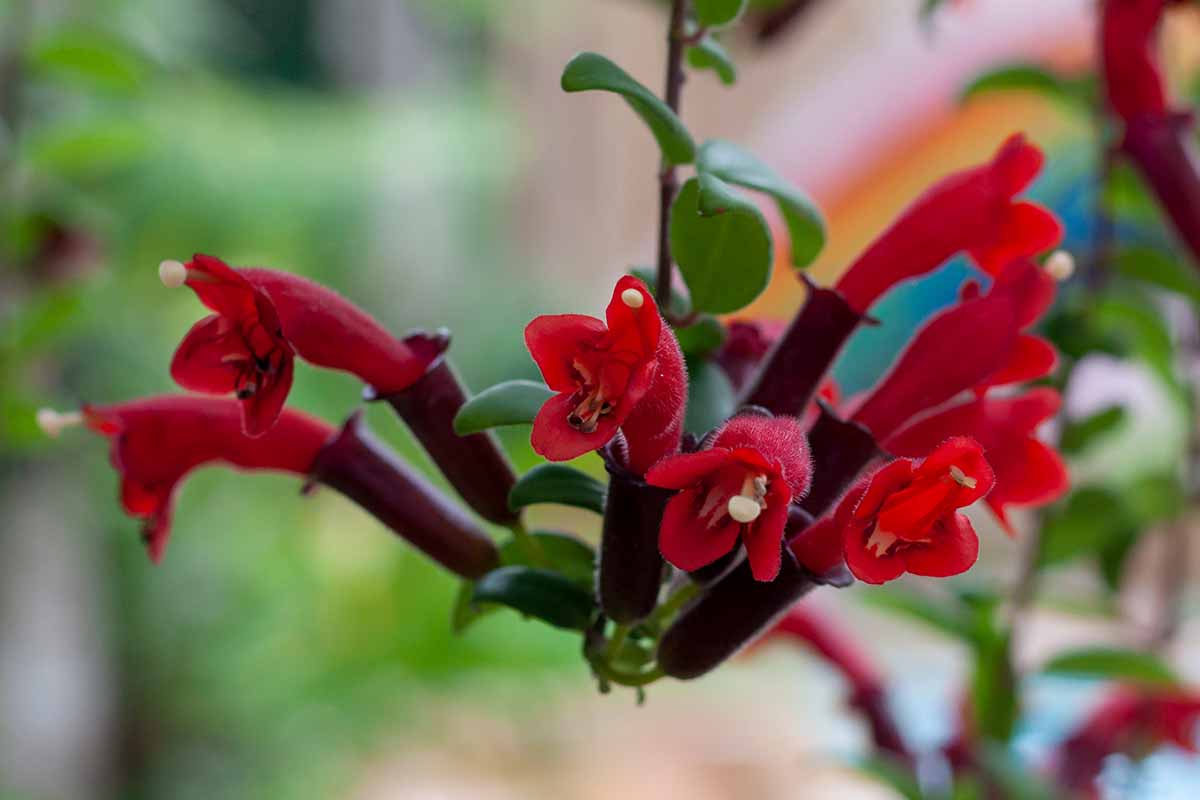
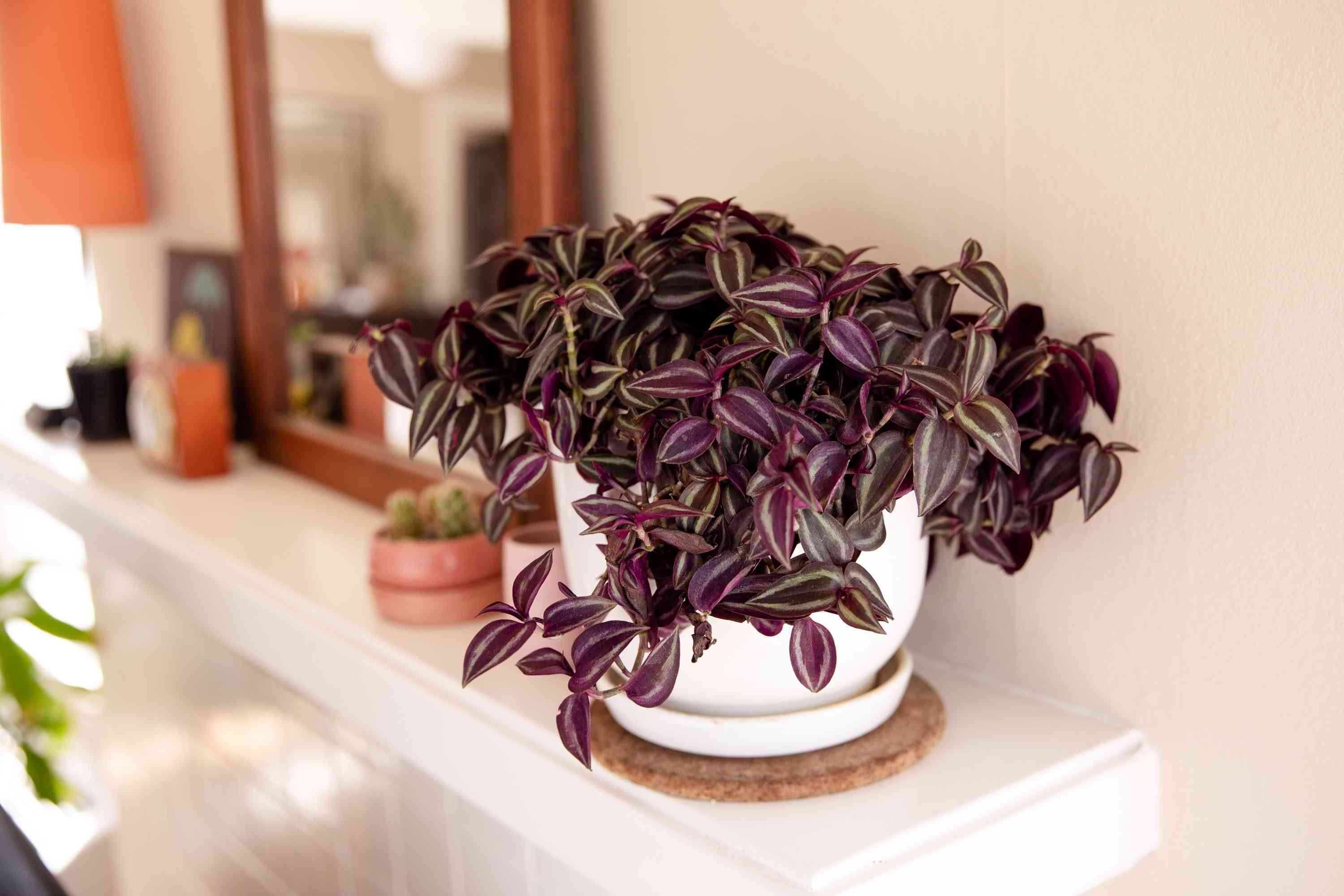
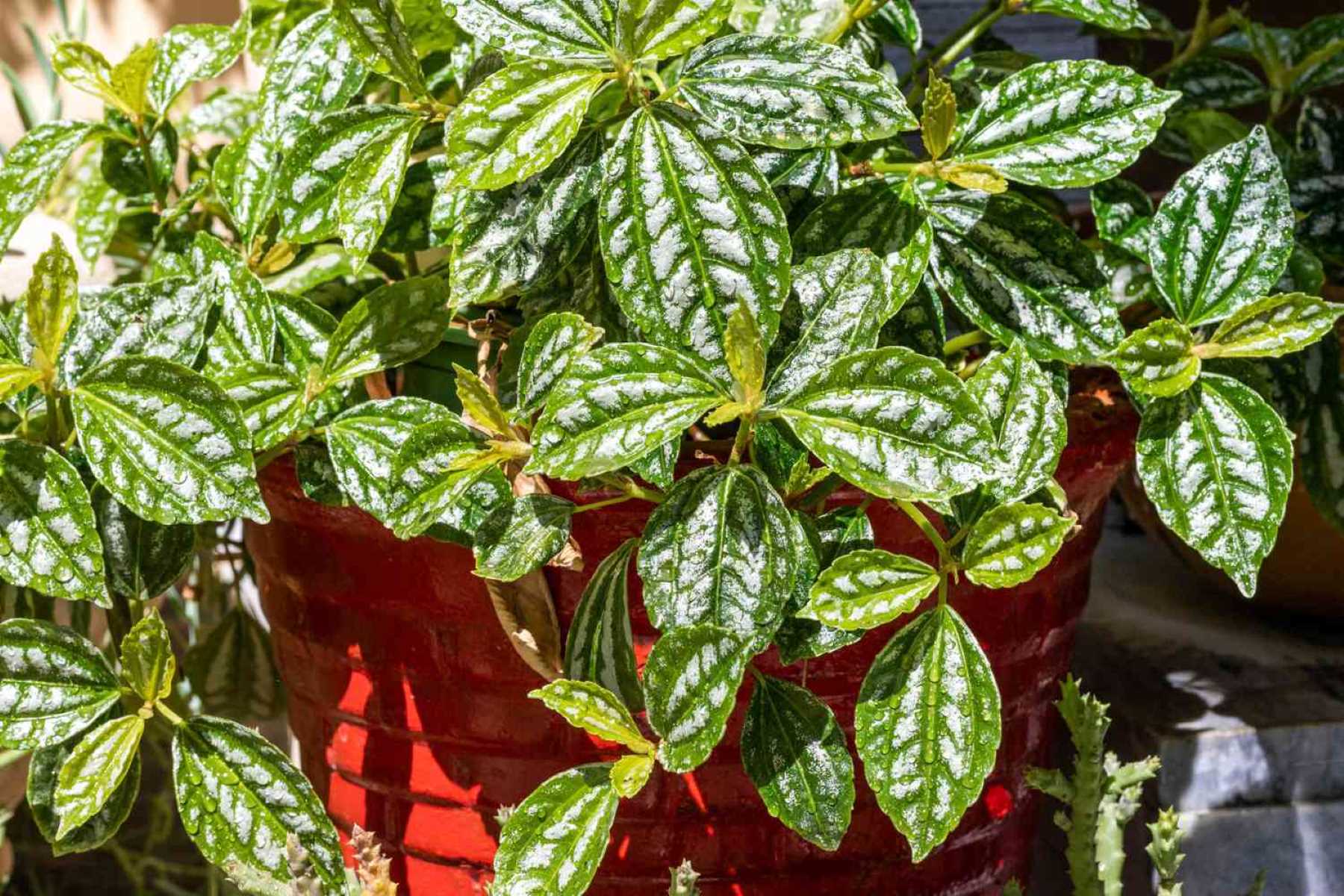
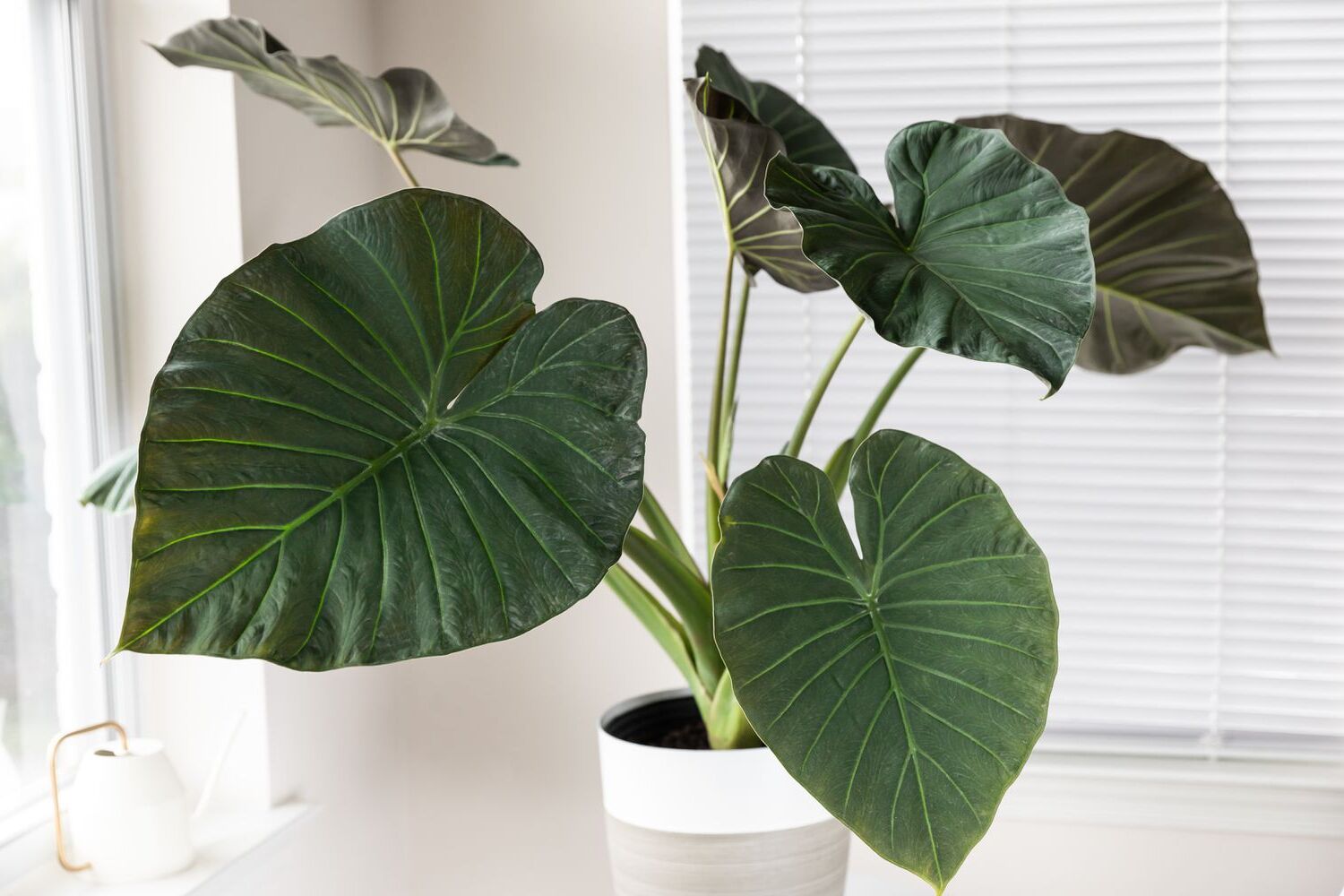

0 thoughts on “Indoor Calathea Plant Care Tips and Prayer Plant Varieties”